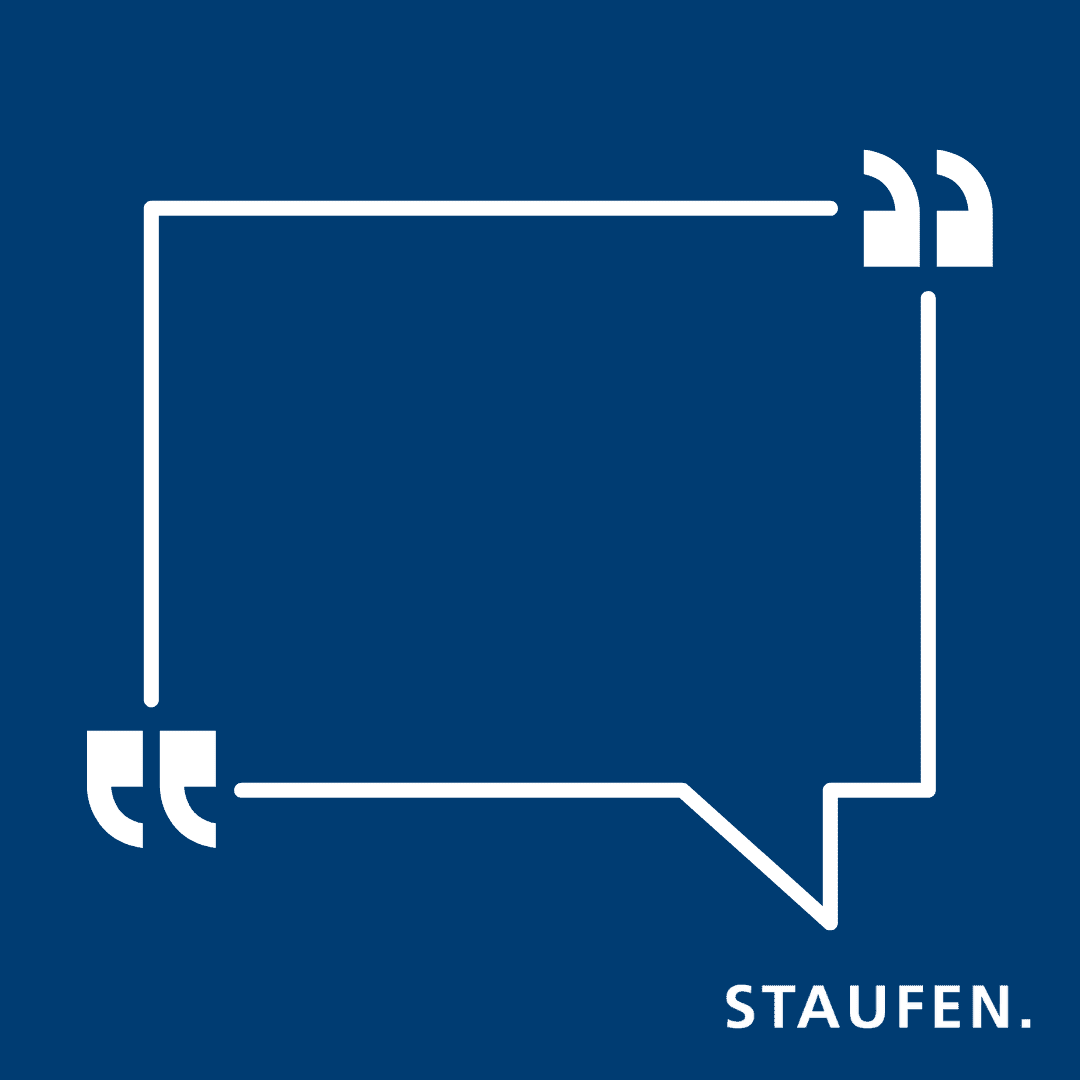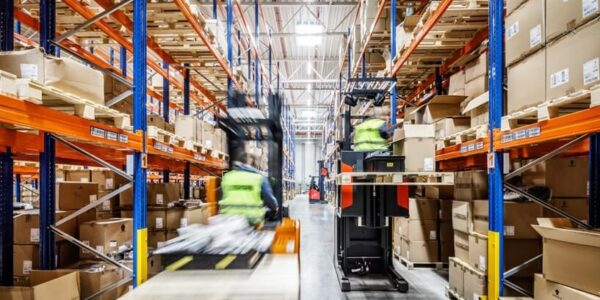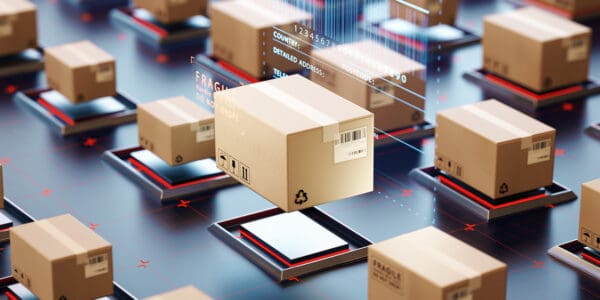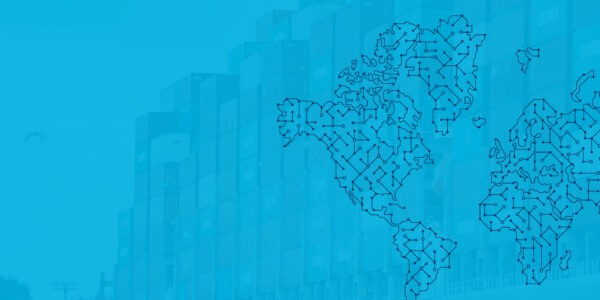
Never stop making your supply chains more resilient! That was the urgent appeal of a panel of experts who met at Köngen Castle on March 22 for the Staufen AG Management Dialog. Context of the appeal: After three turbulent years, supply chains have still not come to rest. Now, rather than giving in to false hopes that the market will soon calm down, business owners would do well to go on the offensive: Thinking in a networked way and recognizing opportunities in legal requirements!
“The turmoil around Credit Suisse in the Swiss financial sector at the end of March showed just how quickly new crises can bubble up virtually out of nowhere. In recent years, we have witnessed that such events have a massive impact on the real economy and its supply chains,” said Thomas Spiess, Senior Manager of Staufen.Inova, in his opening speech.
Greater resilience achieved by transparency across the entire supply chain network
Speaker Marco Furter, COO at leading Swiss e-bike manufacturer Flyer, has also experienced rollercoaster rides in the value chain over recent years. E-bike producers have had to contend with so-called bullwhip effects to an even greater extent than many other industries. The catalyst here was the COVID-19 pandemic, with an e-bike boom among customers in Europe. Buyers of bikes with electric motors felt the consequences and had to put up with delivery times of up to two years. To this day, the upheavals are not over. Even though there are still lengthy delivery periods of up to 14 months for certain Shimano gearshifts, for example, many manufacturers and dealers have replenished their stocks for other bike parts – although the buyer’s market is now weakening.
Consequently, Flyer is striving for greater resilience by optimizing its supply chain, with an eye on the entire network from supplier to customer. “So far, the bike industry has operated in the same way as the fashion industry. A new model every year. Today, Flyer is focusing more on the automotive industry. “So the company is now introducing generational models, re-shoring, and, above all, more precise planning. With the support of Staufen.Inova, the Swiss manufacturer wants to create transparency. “We are taking a much closer look at the situations in the supply chain, are now holding weekly meetings with the key suppliers, and are also analyzing the demand side more closely than before in order to create visibility for three years,” said Marco Furter, describing to the 60 or so decision-makers from the German industry present his company’s responses to the upheavals of recent years.
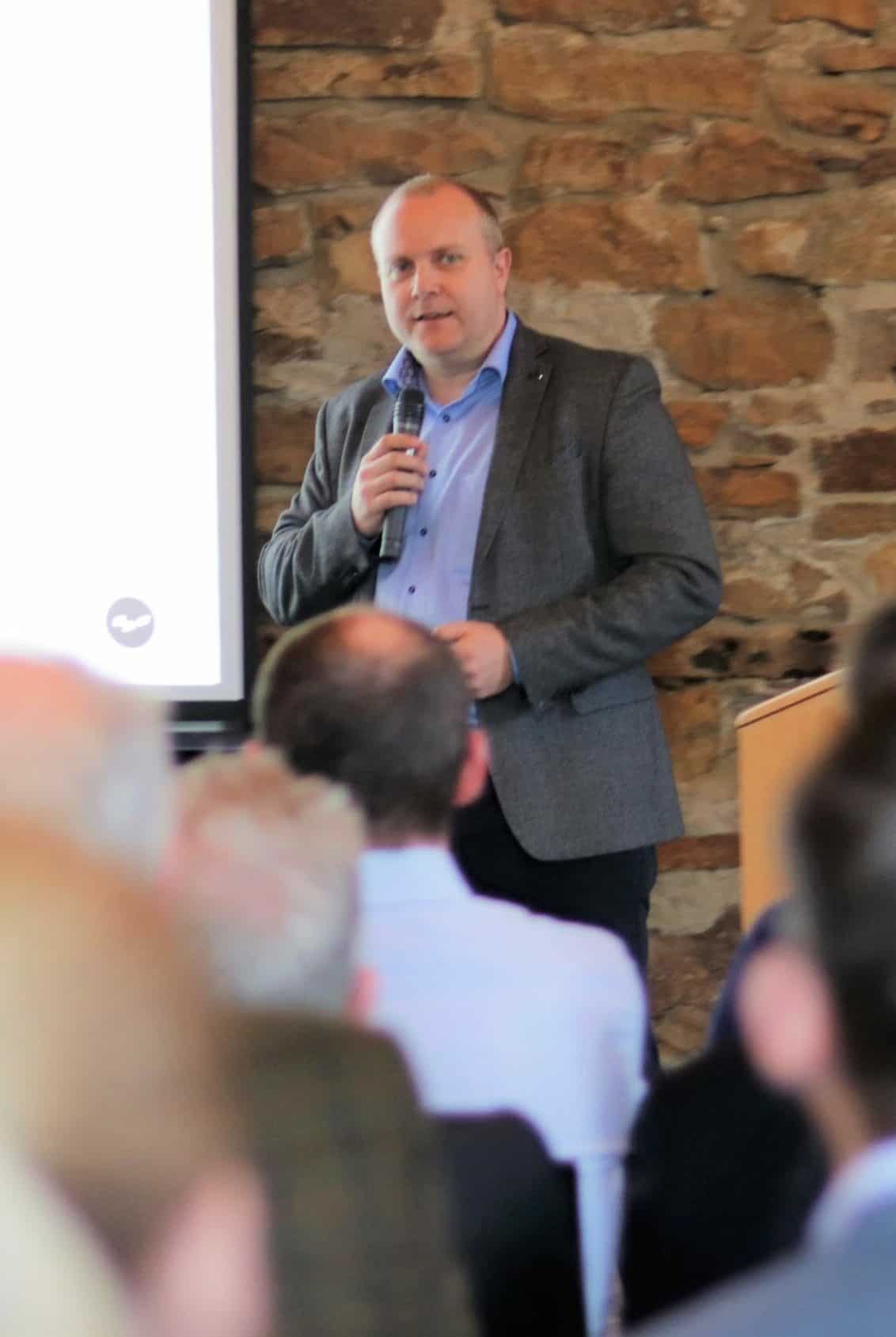
HOST STATEMENTS
Data consistency up to the n-tier level
Optimized planning is gaining in relevance for companies, observes Thomas Spiess. The consultant has noticed this in numerous Staufen and Staufen.Inova projects: Companies have to create transparency and analyze their supply chain. Exchanging data plays a key role in this. Daniela Isin, responsible for processes, digitalization in purchasing, and supplier network at the BMW Group, explains the advantages that digitalization offers here: “Step by step, we are in the process of digitalizing our supply chain so that we can become more resilient.” The goal, she said, is end-to-end data consistency all the way down to the n-tier level. With 3,500 suppliers at Tier 1 level alone at 5,000 locations, this is nothing short of a Herculean task, which is why advanced analytics and AI are also expected to provide support.
“Nevertheless, we are aware that digitalization alone will not improve a supply chain. Employees need to be brought along,” Isin emphasized. “This can only succeed with a mindset shift, with agile structures, collaboration, co-creation, and trust. “The latter is particularly important because, after all, every partner in the supply chain exchanges information and effectively becomes transparent.”
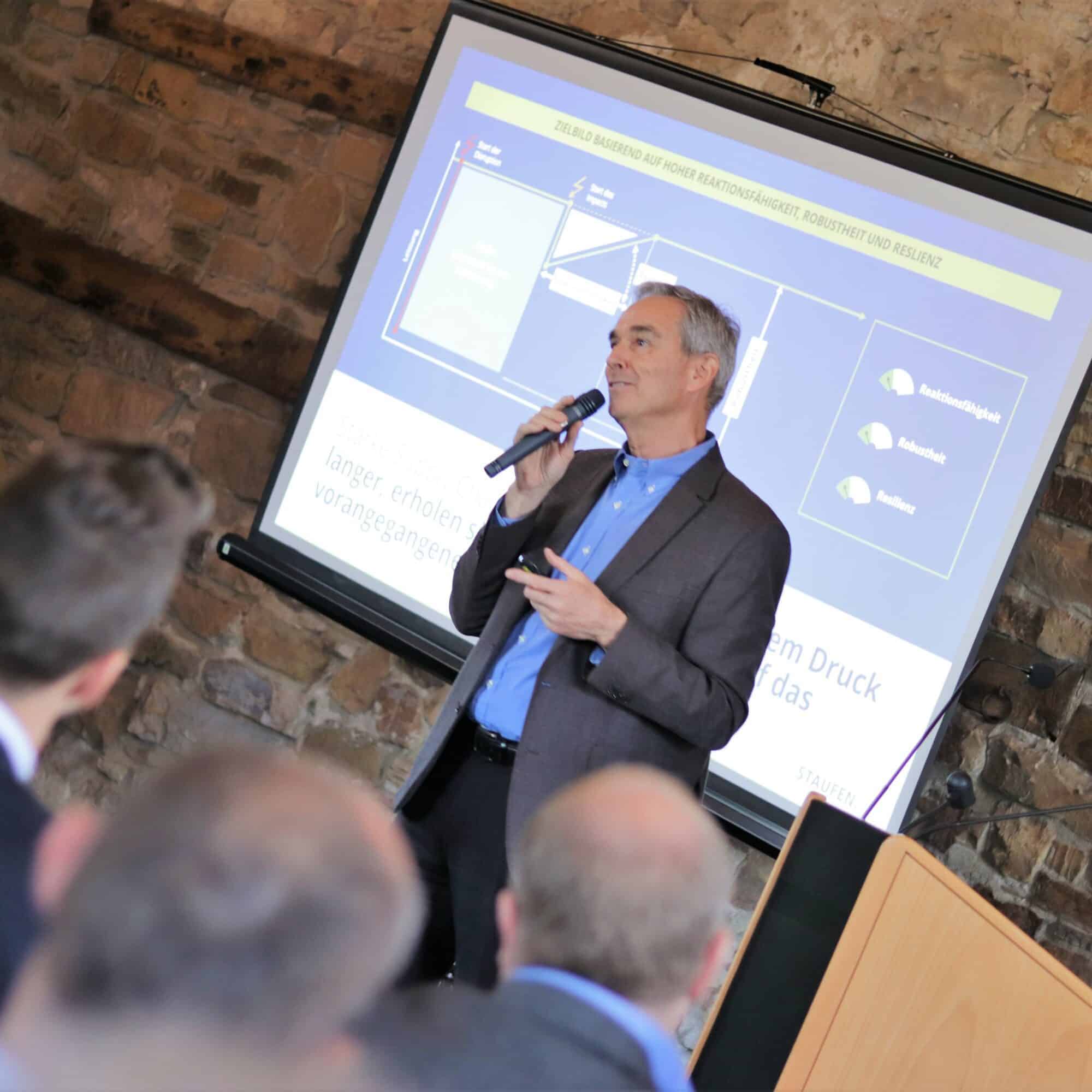
PARTICIPANT STATEMENTS
Regulation makes supply chains more stable
Supply chain digitalization also supports compliance with legal requirements for protecting the environment, human rights, and children’s rights along global supply chains. This was where Matthias Führich began in his presentation. The lawyer at the Stuttgart Chamber of Commerce and Industry, a specialist in international business law and international trade policy, highlighted the fact that not only companies with over 3,000 employees are affected by the Supply Chain Due Diligence Act, which came into force in January 2023. Small businesses would also be held accountable given their large customers in the supply chain. “No company will be able to escape this. Indeed, regulation goes further than that. For example, the EU Supply Chain Directive, which will soon be in effect, will place more demands on companies and then even impose civil liability if they don’t comply.”
Of course, he said, keeping a constant eye on all the links in the chain is very complicated. Still, Führich advised companies to “also look at the opportunities that regulation provides you with! If the supply chain is strictly monitored within the framework of legal requirements, it becomes more stable and the risks more manageable. So don’t be afraid to just get started!”

It will not be like it used to be
All the speakers at this successful event in Köngen, which was moderated by Canan Jungel, Principal at Staufen, provided plenty of food for thought. During the Wine & Talk that followed, it was clear to all participants that the turbulent times are not going to end any time soon and that things will never be the same again – the next supply chain crisis is sure to come. What is needed is consistent action in terms of a supply chain network.



